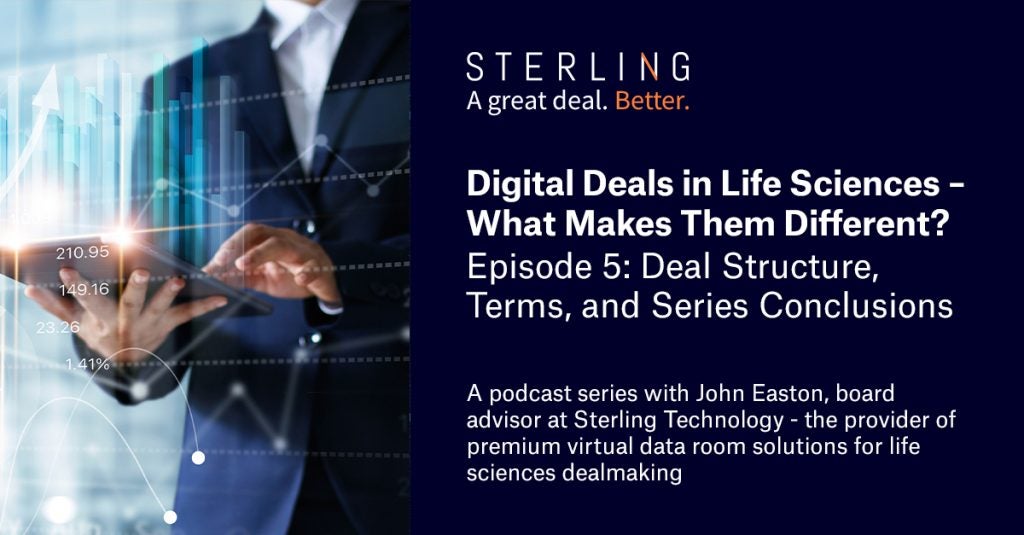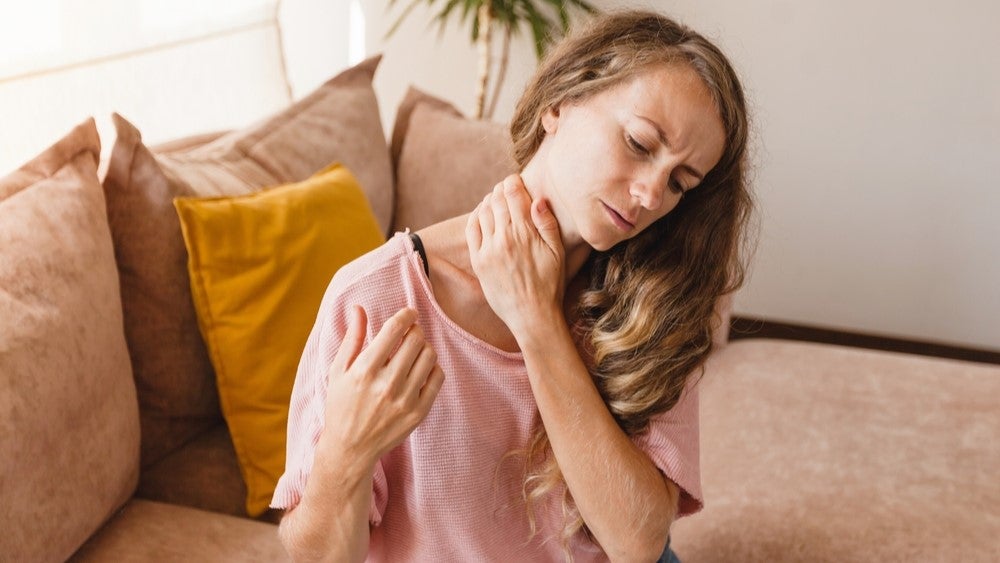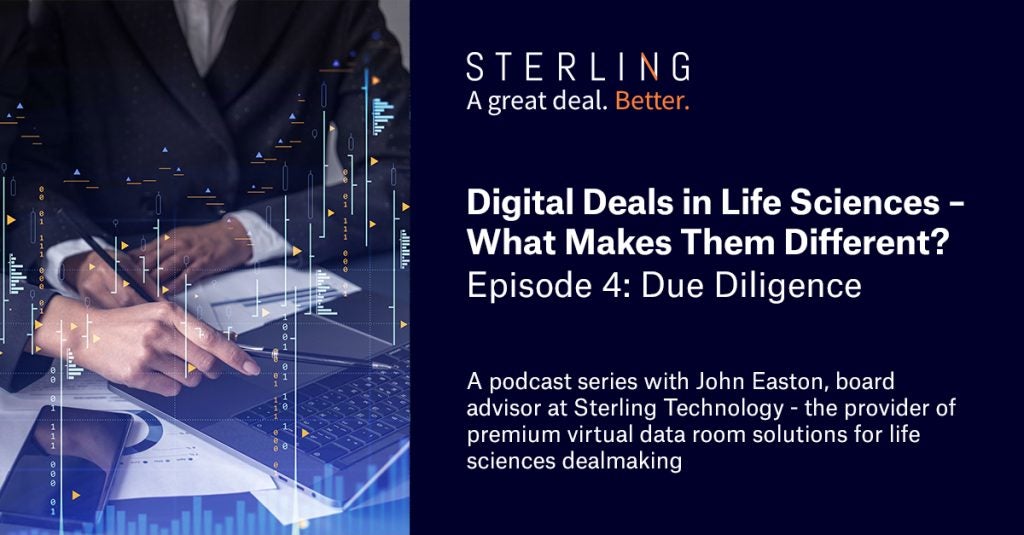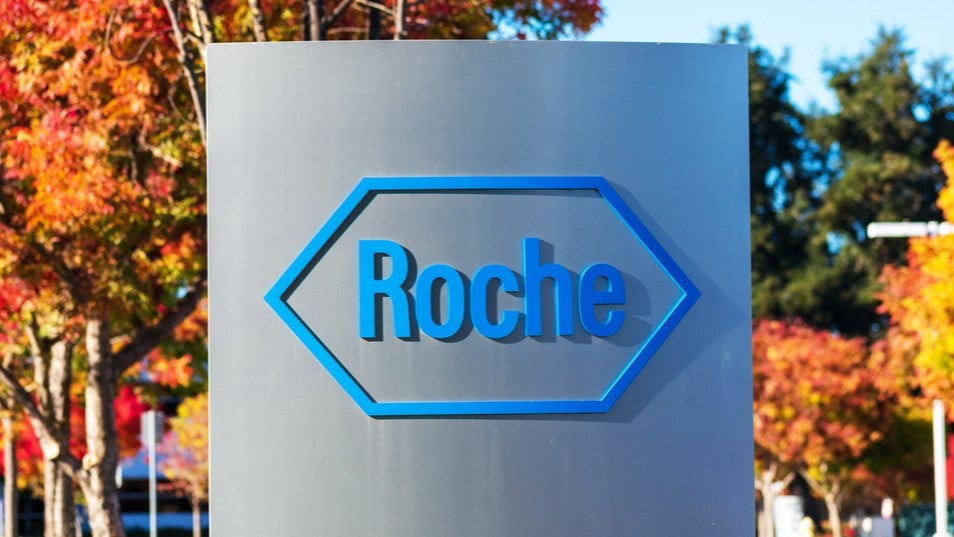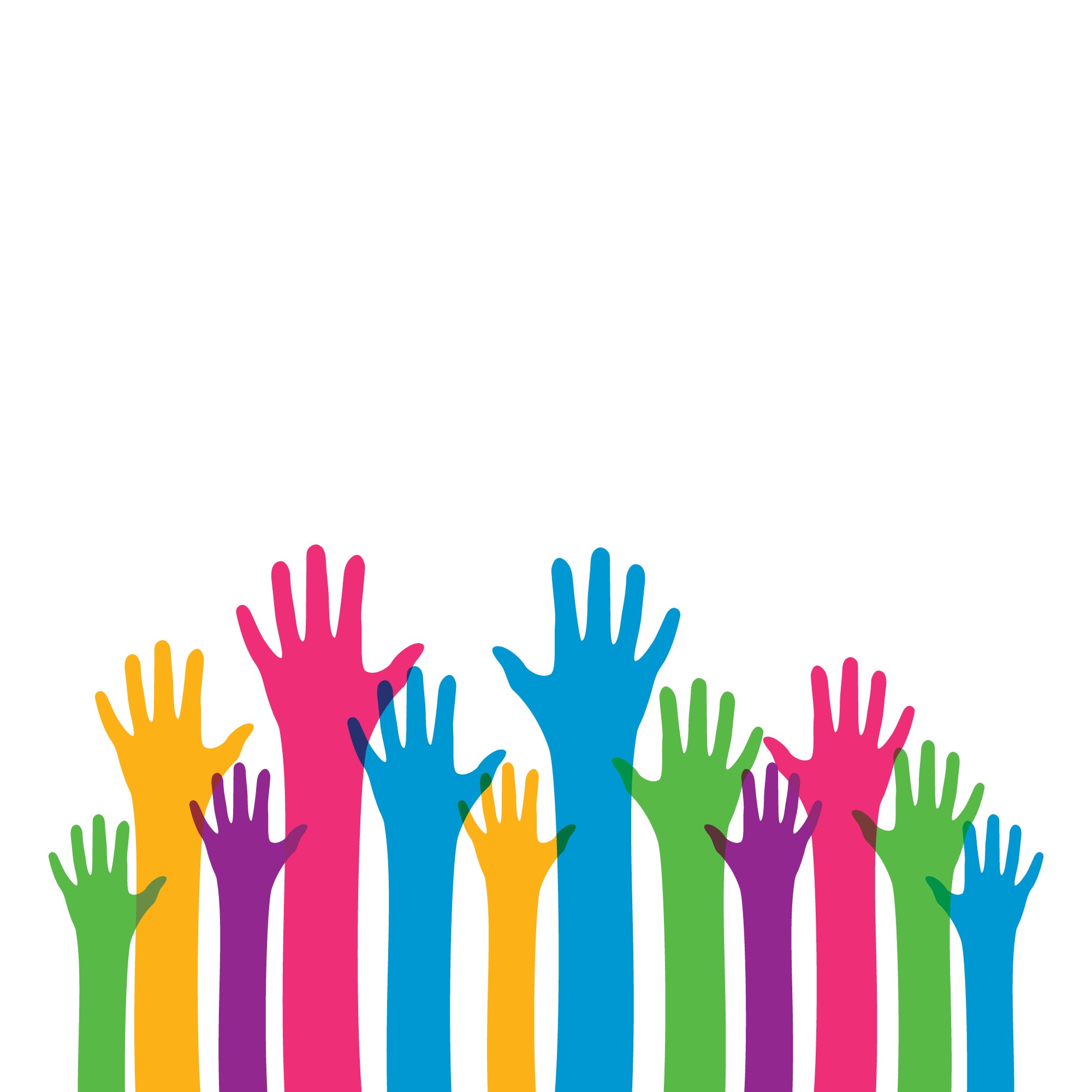
On 28 February, patient advocates across the world will be looking to raise awareness of Rare Disease Day. A globally co-ordinated movement for people with rare diseases, the day will highlight the challenges they face when it comes to accessing life-saving treatments.
Drugs are a particular sticking point. Since patient groups are small by definition, sometimes comprising just tens to hundreds of people, pharma companies have often been reluctant to work on new therapies. The Orphan Drugs Act, which was passed in the US in 1983 and in the EU in 2000, has improved this situation significantly, by incentivising the pharma industry to develop ‘orphan’ medications. However, many patient groups remain under-served.
How well do you really know your competitors?
Access the most comprehensive Company Profiles on the market, powered by GlobalData. Save hours of research. Gain competitive edge.

Thank you!
Your download email will arrive shortly
Not ready to buy yet? Download a free sample
We are confident about the unique quality of our Company Profiles. However, we want you to make the most beneficial decision for your business, so we offer a free sample that you can download by submitting the below form
By GlobalDataThe situation is even worse in the field of medical technology. According to a survey conducted by the FDA in 2016, involving 588 clinicians, there is a dire need for new medical devices for diagnosing and treating rare diseases.
Around two thirds (64%) of respondents said they were dissatisfied with existing devices, while three quarters (74%) saw the lack of profitability to industry as a major impediment. Four fifths (79%) reported diagnostic devices for genetic diseases as an unmet need – a red flag when you consider 80% of rare diseases are genetic in origin.
The scale of this problem should not be underestimated. While each individual rare disease is just that, rare, there are around 7,000 known rare diseases in total. In the US, these are classified as diseases that affect fewer than 200,000 people altogether, while in the EU they are defined as diseases that affect no more than 1 in 2,000 people.
Around 30 million people in the US, and another 30 million in the EU, are living with a rare disease, approximately half them children. Worldwide, the figure is a staggering 300 million.
Why are there so many challenges in this area?
In a bid to learn more about the situation, the International Rare Diseases Research Consortium (IRDiRC) is establishing a working group to explore the role and value of medical devices in rare diseases. A joint collaboration between the Therapies Scientific Committee (TSC), the Interdisciplinary Scientific Committee (ISC) and the University of Twente in the Netherlands, this working group hopes to further the understanding of unmet needs in this area.
“The IRDiRC has tended to focus on traditional therapy development, but we realised this is an issue that needs more development,” explains Dr Anneliene Jonker, vice chair of the Therapies Scientific Committee at the IRDiRC. “We said, let’s at least try to map out all the issues surrounding medical device development for rare diseases. We’d also like to get out a number of recommendations for funding agencies by the end of our working group.”
Because the IRDiRC is a global collaborative initiative, gathering member organisations from all continents, the working group will likely flag up different unmet needs in different regions. However, Jonker thinks there are certain commonalities throughout the world.
“The European Union still lacks an orphan device directive, despite widespread support for such a measure.”
Dr Anneliene Jonker, vice chair of the Therapies Scientific Committee at the IRDiRC
“On average, for every 20 designations that reach the FDA only one gets approved,” she says. “We see that there is probably a lot of potential, but a lot of devices that don’t reach the market. So, the question then really becomes, how to make sure we are in a position to be able to develop more and better medical devices.”
She feels there are certain regulatory obstacles that will need to be overcome in the process. For one thing, the European Union still lacks an orphan device directive, despite widespread support for such a measure. Its much-touted Eudamed database, which will provide an overview of all medical devices in the bloc, has yet to be implemented, and there is little in the way of manufacturer incentives.
“I think another limitation is the lack of harmonisation between different geographical regions,” she remarks. “What you need to actually deliver in order to start the regulatory process, is very different in different countries. Given the fact that most rare diseases have a limited population, it would be amazing to see that regulatory harmonisation worldwide.”
Devices already on the market
It’s important to note that rare disease populations are not entirely lacking in medical devices. In reality, a variety of different devices have been approved (around 70 in the US and 50 in Japan), the majority of them being various types of implants.
For instance, children with thoracic insufficiency syndrome (a rare disease-preventing normal breathing) can benefit from the vertical expandable prosthetic titanium rib, while patients with amyotrophic lateral sclerosis can use a diaphragm stimulator called NeuRx DPS.
“Many patients resort to using devices that are not strictly designed for their condition.”
Dr Jonker
We have also witnessed the development of what Jonker calls ‘quality of life’ devices which, rather than treating a disease per se, support patients to live their best life possible. These kinds of devices have become increasingly prevalent since the start of the pandemic.
“When a patient has a very complicated medication schedule, there can sometimes be devices that can help them manage what they need to take, or what parents need to give to the child,” she says. “That can be quite a simple device-specific for rare diseases.”
That said, many patients do resort to using devices that are not strictly designed for their condition. While it is sometimes possible to repurpose a medical device – 37% of clinicians said they did so in the FDA survey – it is not ideal for a broad group of patients exhibiting a diversity of symptoms. The off-label use of devices such as pacemakers needs to be addressed.
“We’ve seen really nice progress in certain groups,” says Jonker. “However, this is still a fairly new and developing field, and the number of medical devices being developed is only a fraction of what is being developed when it comes to drugs.”
The future for medical devices for rare diseases
Ultimately, Jonker hopes that the working group will start to build a bridge between rare diseases and medical devices. She plans to get patient advocates involved at an early stage so that the working group facilitates a true exchange of experiences.
“It’s not to take anything away from drugs, but we should certainly focus more on medical technology,” she says. “By the end of my career, I would love to see that at least a quarter of the diseases we have designated as rare diseases have a drug or medical device available, so the patients are getting the best treatment they can.”
Ideally, this ‘bridge’ will extend to drug developers too, enabling the pharma and medical technology industries to work together on treating rare disease populations.
“I think we’ve made so much progress over the last 10 to 20 years in technology development, the potential is really there,” says Jonker. “I’m hoping that with this working group we can give this a little bit of a push so that more devices will reach the market, to prevent or treat rare diseases.”




